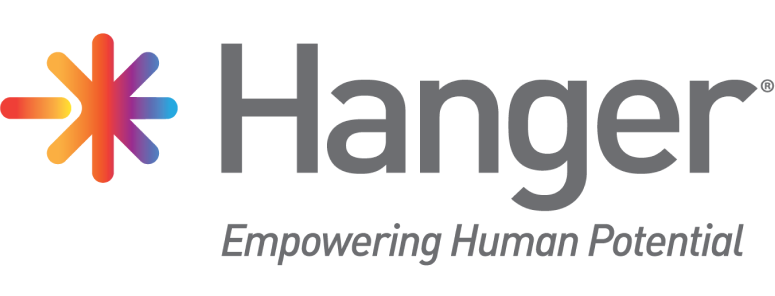Adaptive Robotics, Biomechanical Intelligence, and Predictive Care
The healthcare landscape is rapidly evolving. By 2050, analysts estimate that the global market for advanced prosthetics and robotic rehabilitation will exceed US$850 billion, driven by growing demand for personalized, AI-enhanced solutions. Millions of individuals living with limb differences or neuromuscular disorders are expected to benefit from intelligent prosthetic systems that learn and adapt in real time. One of the most promising technologies is AI Gait Modeling, a machine learning–based framework that enables continuous optimization of gait patterns, improving balance, endurance, and mobility.
Traditionally, lower-limb prosthetics have relied on fixed mechanical systems or manually programmed gait cycles. Today, next-generation devices use real-time biomechanical data to predict user intent and adjust joint movement accordingly. The first commercial applications of AI Gait Modeling are already in clinical use, with broader deployment expected within the next five years. These technologies hold significant potential not only for amputees but also for stroke survivors, elderly patients, and individuals undergoing physical therapy. By 2050, healthcare analysts project that more than 40 percent of demand for intelligent gait systems will come from rehabilitation centers and long-term care facilities, with another 35 percent driven by outpatient orthopedic services.
Innovators around the world are investing in intelligent prosthetic systems, building years of progress in biomechanics, sensor fusion, and machine learning. AI-augmented gait systems can now replicate natural movement patterns and adapt based on user feedback across different terrains and activity levels. Engineers report performance levels that match or even surpass those of traditional prosthetics, leading to safer and more intuitive mobility experiences.
Depending on patient needs, these systems can be scaled to support a wide range of use cases, from daily living assistance to high-performance sports and vocational tasks. Clinics and developers across Asia-Pacific, North America, and parts of the Middle East are contributing to both supply and demand, creating a truly global innovation ecosystem. Still, maintaining an international outlook is essential. No single region can meet the growing needs of this sector alone.
Smarter Care Needs Smarter Infrastructure
As devices continue to evolve, the surrounding infrastructure must advance as well. Integrated care platforms will be essential to fully leverage the capabilities of adaptive gait systems. Real-time feedback loops, cloud-based mobility modeling, and patient-specific analytics are transforming how care is delivered. Clinics will need to adopt interoperable software systems, and insurers must reevaluate reimbursement models to support digital therapies. The objective is not only to provide advanced equipment but also to deliver holistic, data-informed care that improves outcomes and reduces the burden on clinicians.
At Prosthetics & Robotics 2026, global companies, medical institutions, and technology innovators will present the latest advances in AI Gait Modeling, neuroprosthetics, and robotic rehabilitation. The event will bring together professionals across the healthcare continuum, including product developers, physical therapists, roboticists, and policy strategists, to explore the new frontiers of mobility and human potential.


















